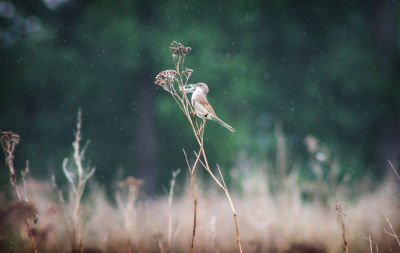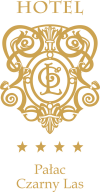|
Strona archiwalna!
Ta strona zawiera treści archiwalne, które nie były zmieniane po 23 września 2019 r. Jeśli chcesz wiedzieć więcej zapoznaj się z deklaracją dostępności
|
||||||
archiwum
 2006 2006
 2008 2008
 2010 2010
 2012 2012
 2014 2014 |
||||||

| ||||||
 |
 |
|||||

|
||||||
| strona główna założenia regulamin kalendarium wskazówki pobierz jury rejestracja zgłoszone projekty galeria gallery | archiwum kontakt | |||||
Description popularizing the research project There are people who have an extraordinary gift. They have ideas for nifty interior decor, they can design spectacular clothes or cook a delicious dish. In this attractive way they stand out from the crowd, unable to answer the question they bare asked "How you do it?". Apparently, it is all in the genes and the talent is inherited after their ancestors. Then, jumping to conclusions, it means a beautiful open-concept kitchen design or a delicious roast have something to do with genes and are inherited from parents and grandparents. If the far-fetched assumption were true, it would mean that man-made objects do contribute to preserving our species. As the evolution and the selection of species work the same for all living creatures, it would imply that among other species than Homo sapiens, creations of beak, claws and wings mean reproductive success. Abstract In recent years many studies have indicated that birds' nests play a role not only in protection of eggs and chicks but also in communication between individuals. A nest as an extended phenotype may constitute a signal to potential competitors and members of the opposite sex about social status of the builder, his capacity to deter the rivals, experience, age, genetic quality. Males of common whitethroat Sylvia communis build a few cock nests in their territory before pairing. If female chooses a male, she starts laying eggs in one of his nest. In part of the nests, beside the typical grassy nest material, there occur also arthropod cocoons and vegetal fluff, of still unknown functions. Building multiple nests- and nest ornamentation are not common among birds, however such behaviours occur in all species of genus Sylvia. There are very few available descriptions of this behaviour of Sylvia warbler species. Researchers suspect that building multiple nests and nest ornamentation are under sexual selection pressure and they may be essential for females in choosing a partner. Research on breeding biology of common whitethroat was carried out in years 2014 - 2016 on the outskirts of Wrocław. The research area consisted of meadows, bushy patches of willow and hawthorn and fallows. Males were individ-ually marked with a combination of metal and colour rings put on tarsus. Measurements of individuals included physical condition (haemoglobin level) and morphometric features. Nests measurements were made no later than at the incubation stage and, to avoid the mechanical deformations, the nests were collected right after fledging. After drying, the nests were weighted and the ornaments were counted. High diversity in male nest-building behaviour was found in the study population. Males built a few (1-3) cock nests in their territories. The nests varied in morphology and a number of ornaments. Most males used the arthropod cocoons and vegetal fluff to ornament their nests (94% nests with ornaments). The number of ornaments per nest fluctuated between 1 and 40. The most ornamented nests were built by males with long wings and in good physical condition. Pairing period was shorter in males with more orna-mented nests. Our results suggest that a high variability in nests morphology and in the level of ornamentation may reflect quality of a male, and thus may influence real breeding success. Further research is necessary.
|


|
|||||












